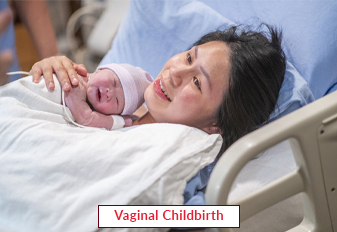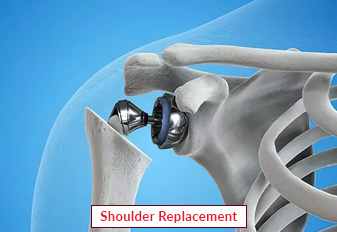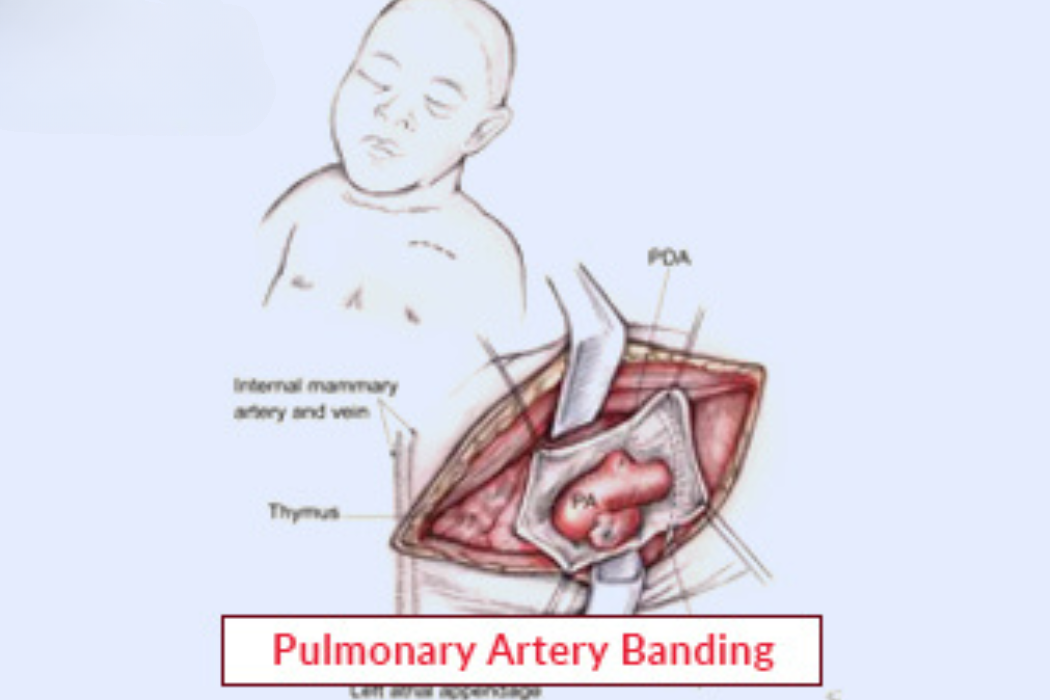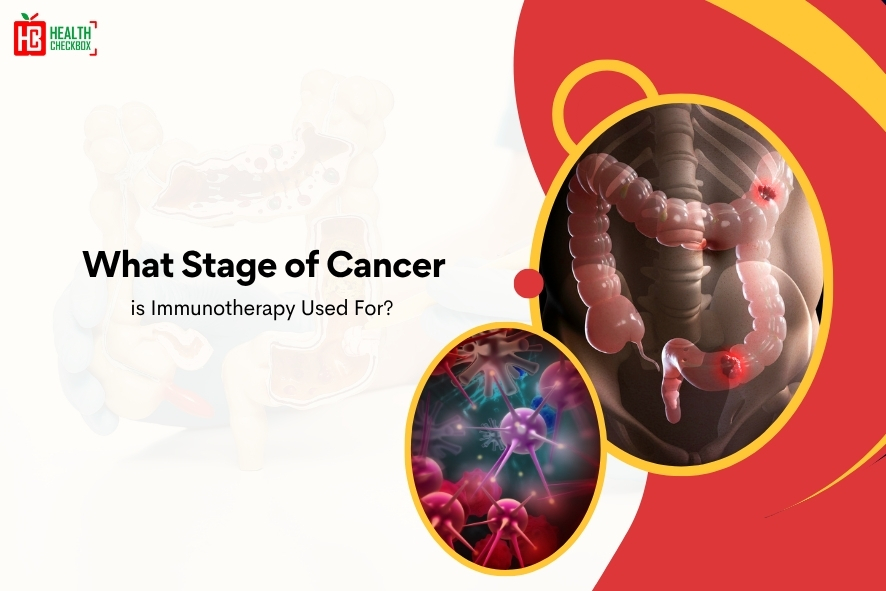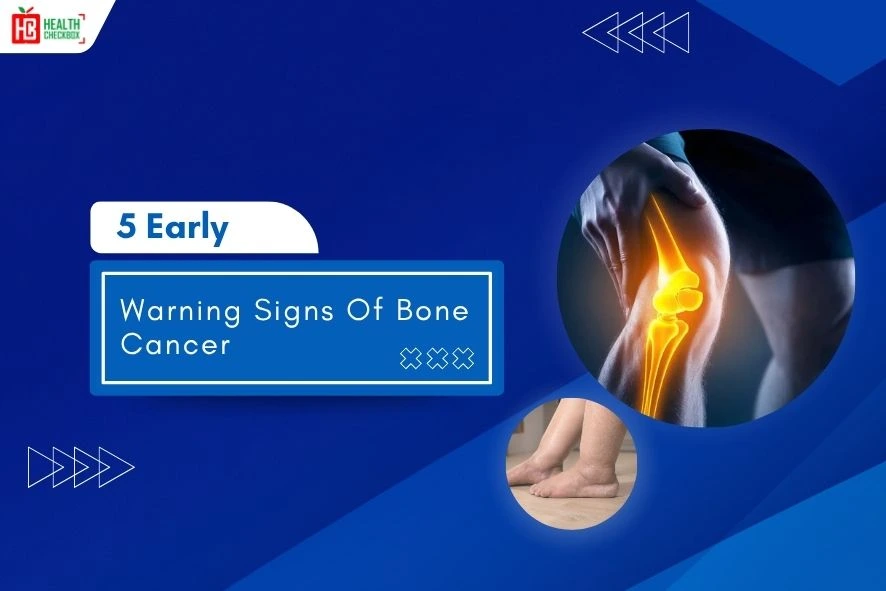When a woman gives birth to a child through her vagina this is called vaginal childbirth. There is cesarean section treatment as well for delivering a child however, it is used when vaginal delivery can’t be possible due to complications. Hence, vaginal childbirth is considered a safe and beneficial treatment method for both the child and the mother.
According to medical experts, when a woman delivers a child through her vagina it reduces certain juices that protects the baby from unhealthy bacteria and boosts the baby’s immunity. Hence, it is the most preferred method of delivery among doctors. There are three main types of vaginal delivery which are mentioned below:
Types of Vaginal Childbirth
There are several types of vaginal deliveries which are as follows:
- Spontaneous Vaginal Delivery: This type of vaginal delivery occurs on its own without having labor-inducing drugs.
- Induced vaginal Delivery: In this vaginal delivery doctors give the mother labor inducing drugs that open the cervix and support the vaginal delivery.
- Assisted vaginal Delivery: In this method of delivery doctors use both inductive drugs and forceps or vacuum devices to get the baby out from the vagina.
Advantages of Vaginal Childbirth
A vaginal delivery supports the health of both the delivering person and the child as well and it also offers several advantages which are as follows:
- Early recovery
- Decrease the risks of future pregnancy complications
- Less chances of respiratory conditions
- Improve the immunity of the newborn
- Support breast feeding
- Minimum stay of hospital
Risks Associated with Vaginal Childbirth
Although Vaginal delivery is a safe method to deliver a child however, in rare cases it poses some risks. Following are the risks associated with vaginal childbirth:
- Labor Failure: Before vaginal childbirth a mother experiences labor pain and which results the baby out from the womb. However, in rare cases labor pain slows down or stops and the cervix feels unable to childbirth. In this condition doctors give certain medicines to the mother to restore the labor pain, so they proceed for the delivery procedure.
- Irregular Heartbeat of the Baby: In this condition the baby’s heart rate slows down due to umbilical cord compression. Hence, a mother experiences a lot of difficulty during childbirth.
- Vaginal Tears: Right after the vaginal childbirth a mother may experience vaginal tears that are found around the vagina and rectum. Due to this, women feel discomfort and pain as well.
- Deep Vein Thrombosis: A woman may suffer from blood clotting that occurs in between your legs and pelvic right after the delivery.
- Postpartum Preeclampsia: This risks of developing a high blood pressure problem. A mother may experience after the delivery procedure.
- Hemorrhage: This is a risk of heavy bleeding during or after the vaginal delivery procedure. And in rare cases the mother doesn’t experience bleeding after several hours after the delivery.
Cost of Vaginal Childbirth
The average cost of vaginal delivery is estimated at 55,000 INR. Although it can range from 30,000 to 80,000, depending on different factors like the type of hospital, city location, case complexity, doctor’s expertise, and many more.
Despite all of this, there are various benefits of vaginal childbirth, cost-effective treatment, reduces the risks of complications and c-section delivery. Furthermore, it also supports healthy baby delivery.
Stages of Vaginal Delivery
Vaginal childbirth can be divided into three stages these include labor, birth and placenta:
- Labor: The initial stage of labor starts from uterine contraction and ends with the cervix being 10 centimeters dilated. Labor also can be classified into three sections such as early labor, active labor and transitional labor.
- Birth: This stage starts when the cervix reaches 10 centimeters and ends with the birth of the baby through vagina. In this a mother experiences extreme pain and needs to push the baby.
- Delivering the placenta: lastly the placenta delivery stage which is required for delivering the placenta. It begins when the baby is out of your vagina and ends when your placenta is delivered.
Our Other Services
Latest Health Tips
Can Immunotherapy Cure Stage 4 Lung Cancer?
Early Signs of Cervical Cancer
Foods that Kill Cancer: Leafy Vegetables, Grains, & More
What Stage of Cancer is Immunotherapy Used For?
Which is Worse for Cancer, Sugar or Alcohol?
Vaccines That Prevent Cancer
What Kills Cancer Cells in the Body Naturally?
5 Early Warning Signs of Bone Cancer
Submit Your Enquiry
Testimonials








